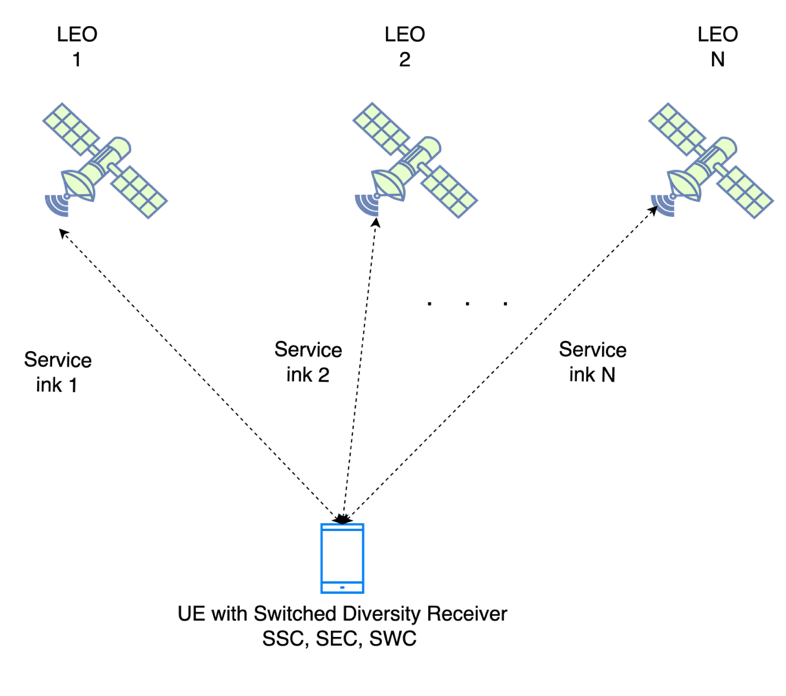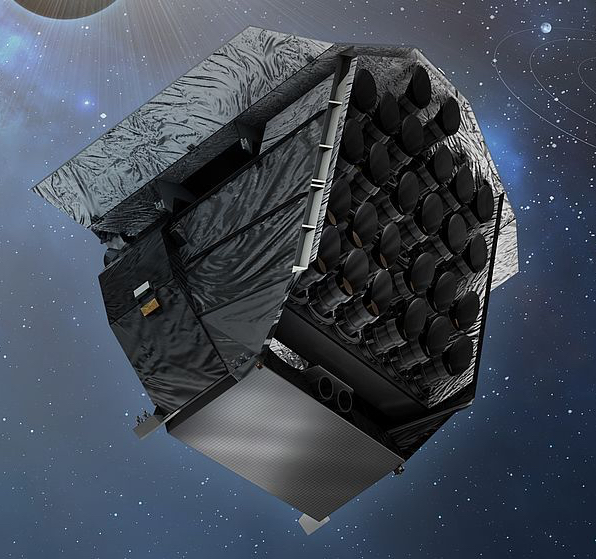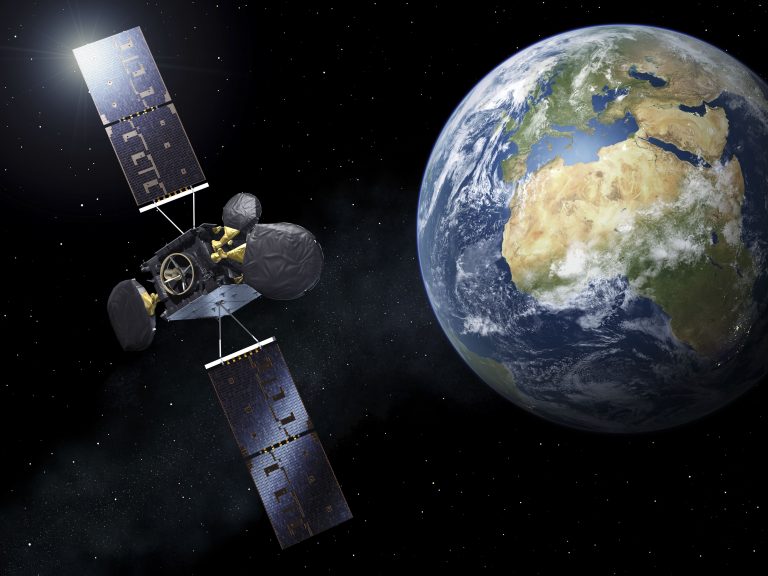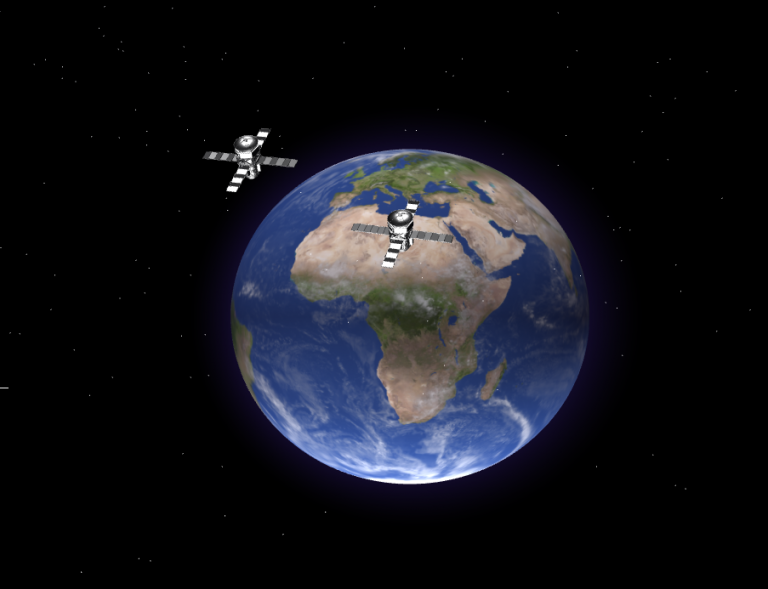LEO-DIVE
General Information
Status:
On-Going
Programme:
Programme Reference:
The Objective
The main objective of this project is to design, develop, test and verify a software testbed for multi-satellite diversity of Low Earth Orbit (LEO) constellations both in high and low-frequency scenarios to combat the detrimental effects of shadowing, multipath fading, channel blockage events, and Doppler shifts. The proposed diversity techniques either switched-based or combined diversity, and system scenarios will be implemented in a software testbed aiming at an average of 50% improvement in achievable peak rate at user terminals with at least two visible satellites, and reduction of outage probability by a factor of 2 when two or more satellites are visible. Low-gain single beam terminals with omni-directional antennas will be evaluated for low frequency scenarios (S-band), whereas multi-beam user terminal employing well-known multiple input multiple output techniques (MIMO) will be assessed in high-frequency scenarios (Ka-Band, Ku-Band) in high-gain multi-beam ground terminals. Moreover, the proposed diversity techniques will be adapted to the 5G NR Non-Terrestrial Networks (NTN) standard as proposed by 3GPP to increase the QoS of user terminals i.e., enhanced peak data rate and low probability of outage.


OHB Contributions
OHB Hellas contribution to the project spans from the preliminary consolidation of the use-case scenarios, to the final evaluation of the proposed technology solutions including all intermediate milestones and processes.
Customer and Partners


Addtional Projects:
PLATO (PLAnetary Transits and Oscillations of stars) is a medium-class astronomical science mission belonging to ESAs Cosmic Vision Programme...
With the number of satellites in orbit greatly increasing each year, it is critical to thoroughly understand the space environment and define the dangers...
he European Data Relay Satellite (EDRS) system is an independent, European satellite system in the frame of the ARTES 7 program, which will settle a new standard....
We are currently examining the possible combinations of software framework and hardware from the use of AI accelerator to high-performance...




